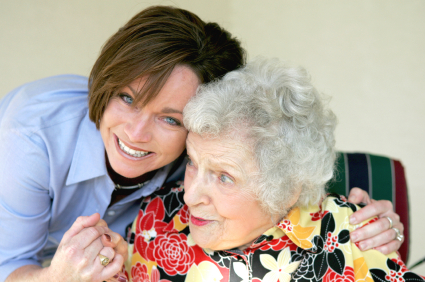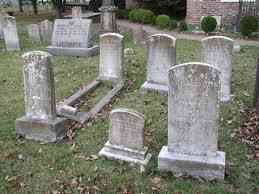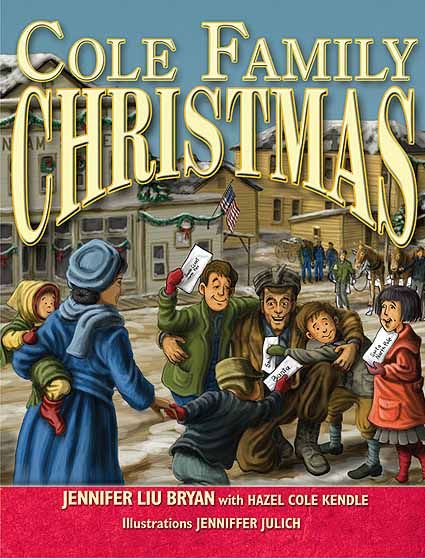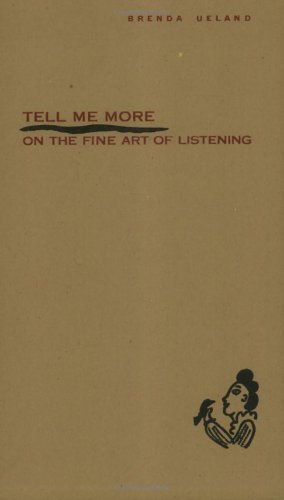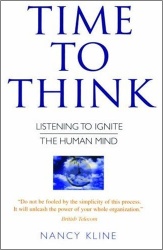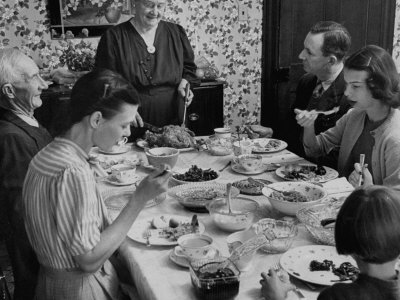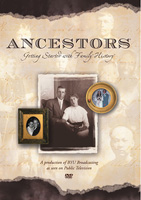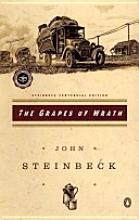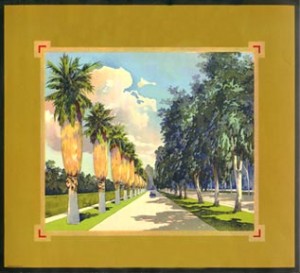Tools for Preserving Your Digital Family History Files
Biff Barnes
We’d like to thank blog reader Richard Skooter who commented on our previous post “how to Digitize Your Family History.” Richard advised, “I'd like to add that once you've digitized your family's information, store it online so it won't become lost due to a hard drive crash or lost or stolen CD-ROMs. And you won't have to transfer the files from one to another every time you buy a new computer.” I agree.
Preserving data is essential. CNET UK’s Cloud Computing Guide offers a simple explanation of online storage is a great way to achieve this goal:
“…backing up data to the cloud means you're backing up data to a hard drive in a secure data centre via your Internet connection, instead of just to a hard drive in your house. In fact, that data centre might be located on the other side of the world.
Using cloud backups, you've removed from your shoulders the burden and stress of protecting whatever device your data is stored on.”
Richard recommended two services for online storage. Amazon’s S 3 and Rackspace.
Amazon S 3 promises to protect your data with a “a highly durable storage infrastructure designed for mission-critical and primary data storage.” New users get up to 5 GB of storage free for a year, then modest fees kick in. The Best Techie website review concludes, Amazon S3 provides a highly durable storage infrastructure designed for mission-critical and primary data storage.”

Rackspace is a bit more expensive. But Clloud which offers “Web Hosting Tips and Reviews” observed, “We quite like that Rackspace Cloud File comes with a control panel to allow you to manage your files, unlike Amazon’s S3 that throws you in at the deep end so-to-speak and expects you to find your own tools.”

We’d like to add a word about our own favorite, Dropbox. Dropbox promises, “A single secure place for all your stuff.” This includes providing you easy access to files from all of your devices including phone, laptop and desktop. Says CNET, “It’s a breeze to use, works as intended, and is stable.”
As you make the transition to digital files for all you family history research, documents, photos and objects consider one of the many good options for online storage to assure that your data will always be there.

Click here to read the CNET UK article Essential Backup Services Compared
Click here to visit the Amazon S 3 website
Click here to read the Best Techie Review of Amazon’s S 3
Click here to visit the Rackspace Storage website
Click here to read the Clloud Review of Rackspace
Click here to visit the DropBox website
Click here to read the CNET Review of DropBox





